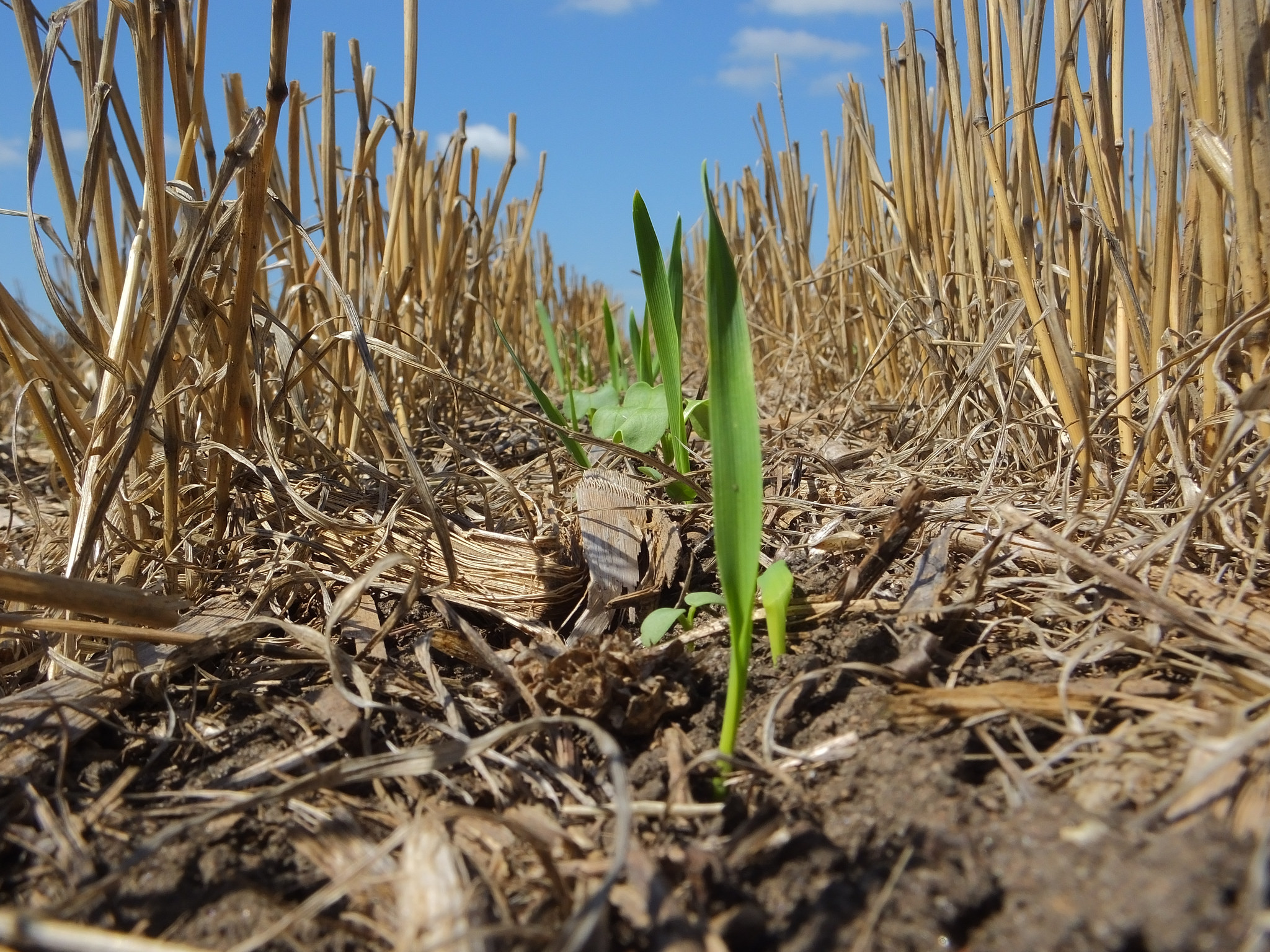Improving Soil Health May Require More Use of Cover Crops
Author: Julie Buntjer
WORTHINGTON — Farming practices haven’t been kind to the agricultural landscape since farmers first began tilling up the prairie soils of southwest Minnesota more than a century ago.
The common two-crop rotation of corn and soybeans has contributed little organic matter to the soil and even less cover to protect the landscape from the winds that often blow across the region.
Jay Fuhrer, dubbed the Waterway King of North Dakota (he’s a Natural Resources Conservation Service conservationist in Bismarck, N.D.), was in Worthington on Thursday to address soil health and the advantages of beneficial crop rotations, cover crops and livestock grazing on farm fields.
Before a crowd of more than 70 attendees at Minnesota West Community and Technical College, Fuhrer shared how he spent the first half of his career building drainage ditches and designing waterways because North Dakota farmers couldn’t get water into the soil profile. Every time it rained, the water flowed across the landscape. That, combined with wind erosion, meant a lot of nutrient loss on farm fields.
By the 1990s, Fuhrer said a team of conservationists came together as a team and decided their approach had to change.
“We can’t keep going the way we are — it’s non-sustaining,” he said, adding that with the focus placed on conserving a degrading resource base, the team developed ideas to rebuild soil and recreate the pore spaces that once existed.

